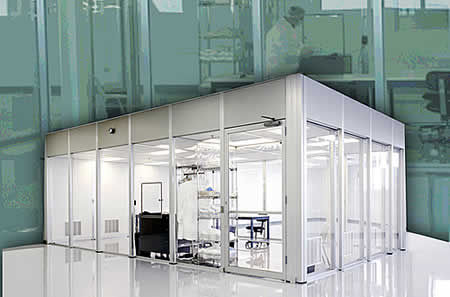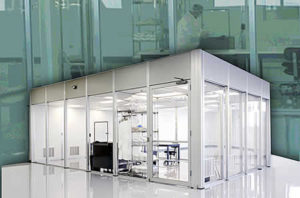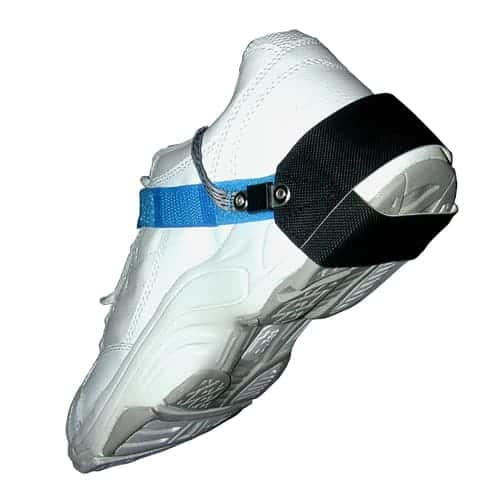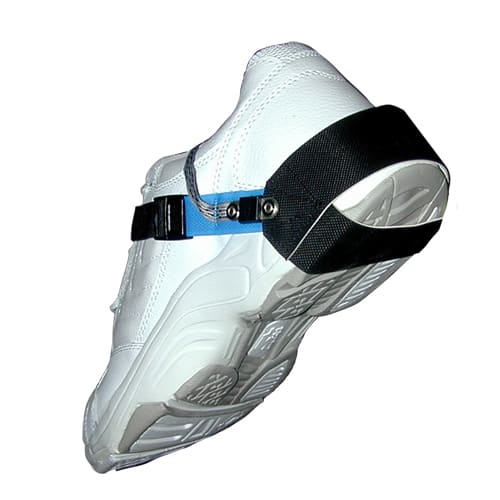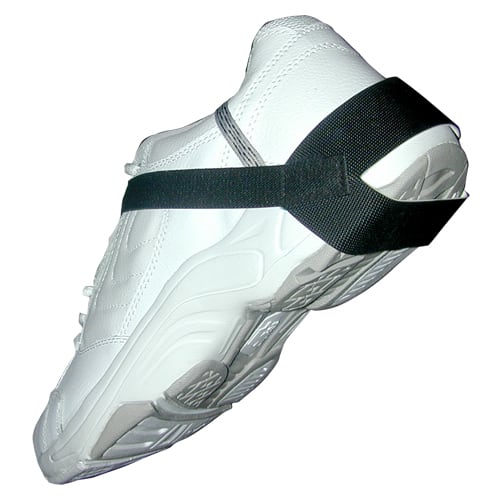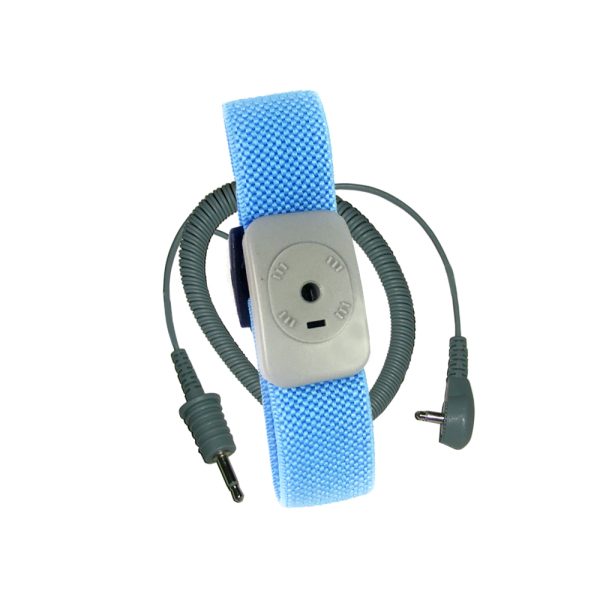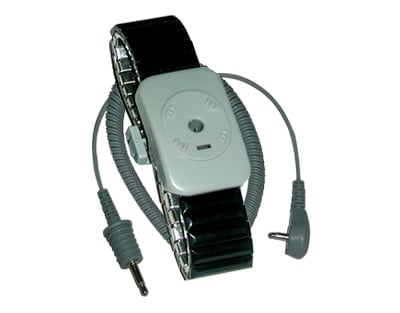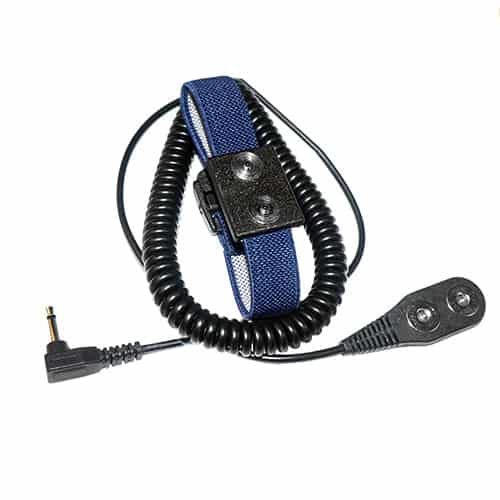Free Shipping on Most Simco-Ion Products!
|
|||||||||||||||||||||||||||||||||||||||||||||||||||||||||||||||||||||||||||||||||||||||||||||||||||||||||||||||||||||||||||||||||||||||||||||||||||||||||||||||||
You May Also Be Interested In
Sign Up For Our Newsletter

A name you can trust. Doing business since 1978!
Location
© 2025 CC Steven. All Rights Reserved. Terms. Designed by SEOpologist.

